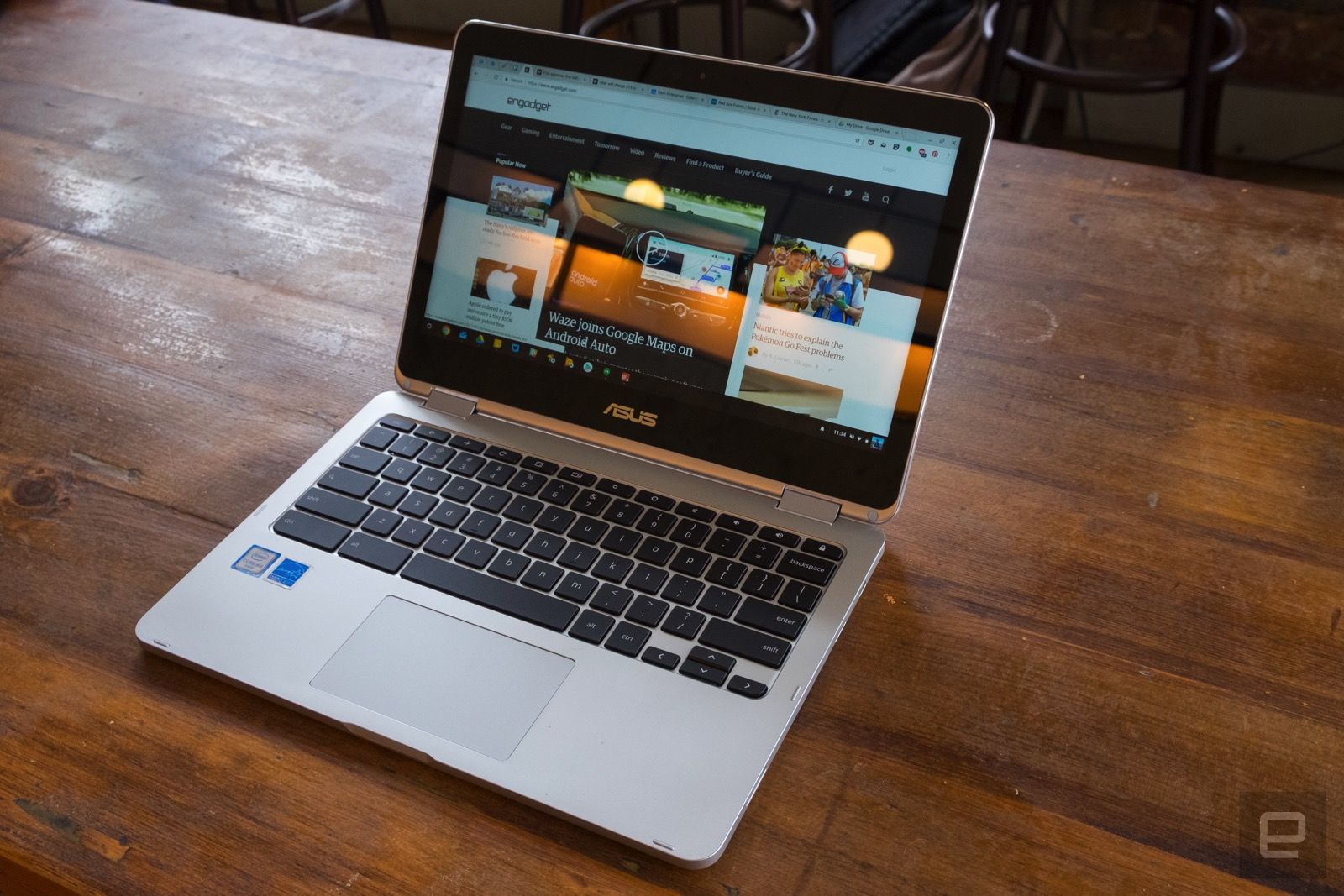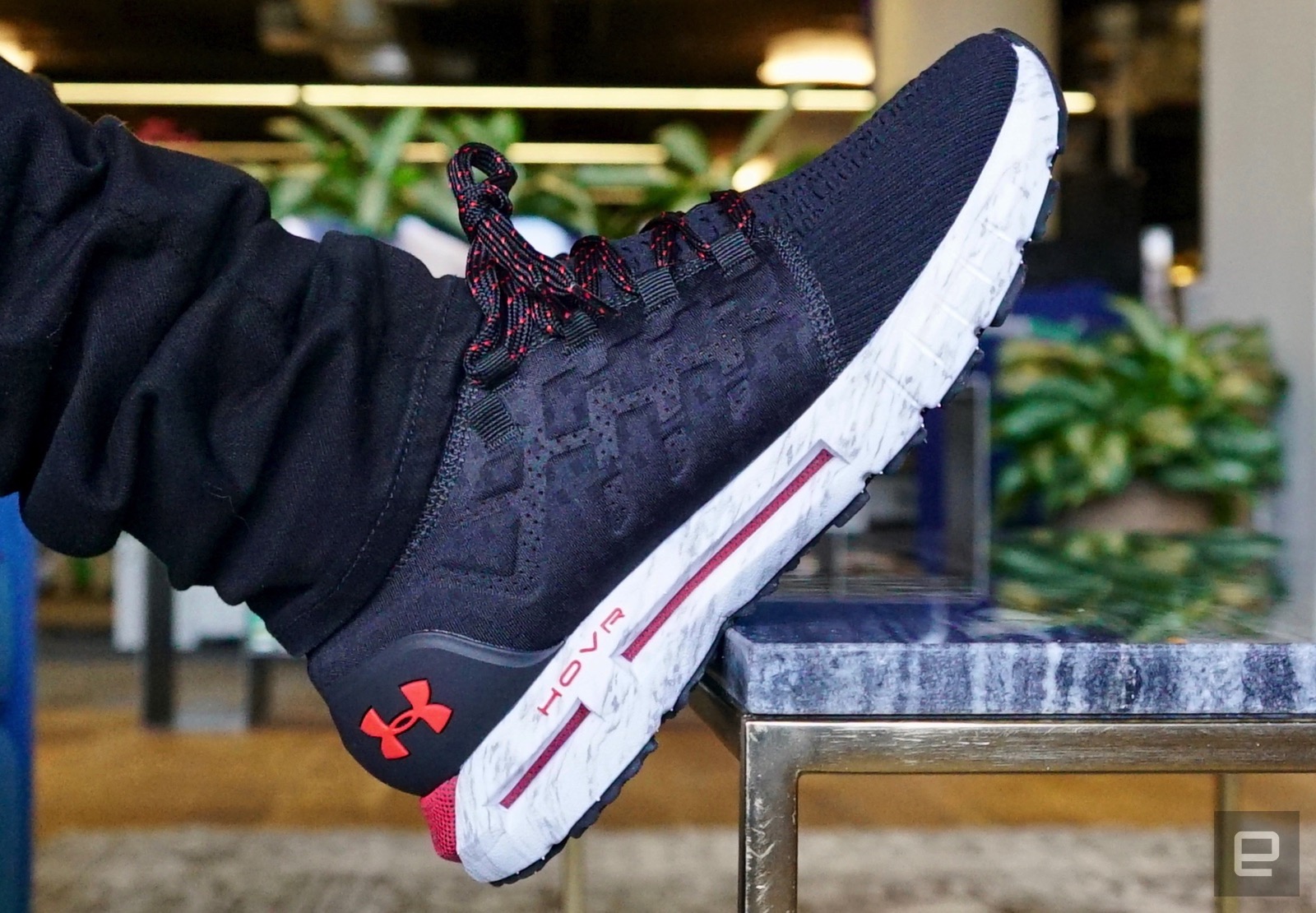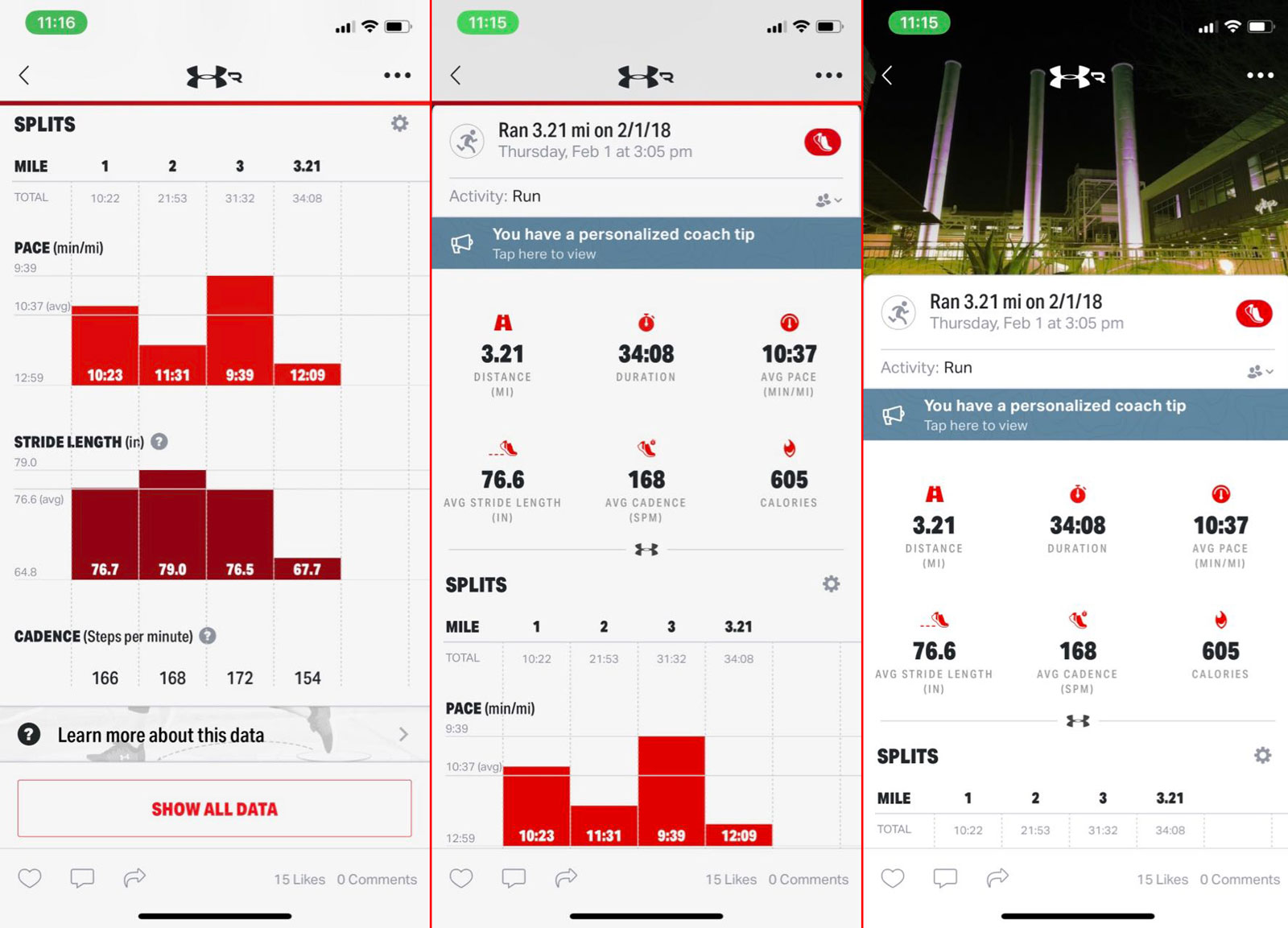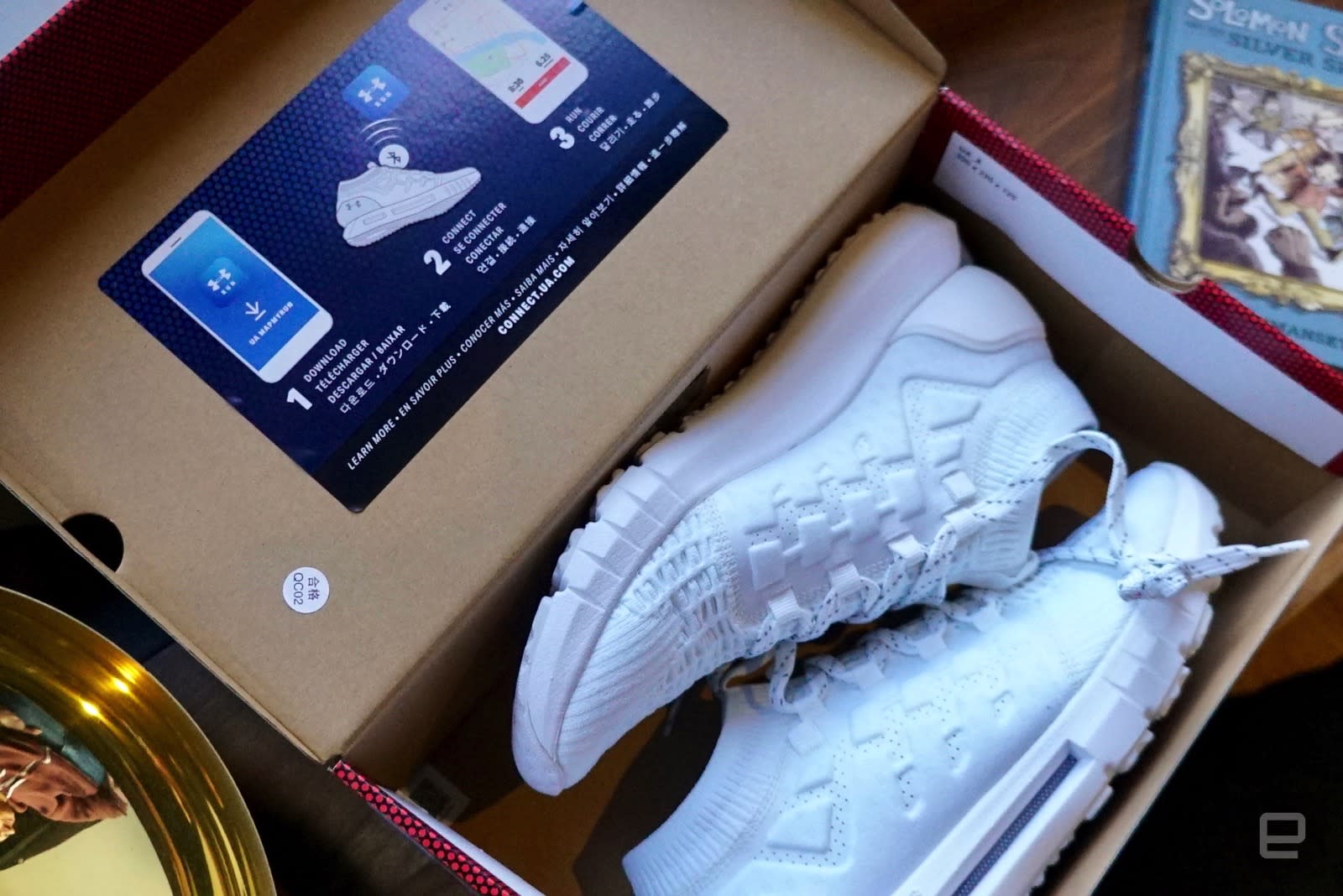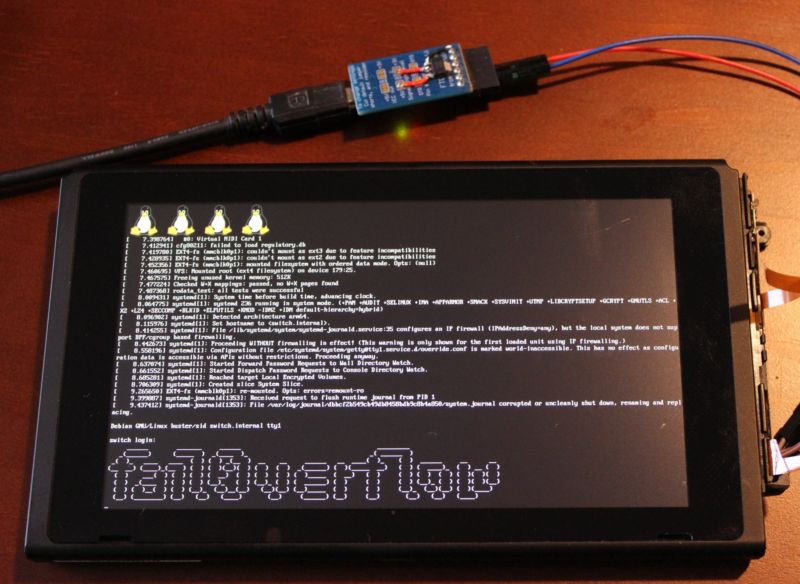Sarah Murray, center, head coach of the unified Korean women’s ice hockey team, says the team has come together since being formed through a political dialogue. Here, Murray and the South Korean players (in black) welcomed North Korea’s coach Pak Chol-Ho and members of the northern team last month. The united team now wears all-white coats.
Pool/Getty Images
hide caption
toggle caption
Pool/Getty Images
Sarah Murray, center, head coach of the unified Korean women’s ice hockey team, says the team has come together since being formed through a political dialogue. Here, Murray and the South Korean players (in black) welcomed North Korea’s coach Pak Chol-Ho and members of the northern team last month. The united team now wears all-white coats.
Pool/Getty Images
In many ways, the Korean women’s hockey squad at the Pyeongchang Winter Olympics is the most interesting team in the world. And Saturday night, it will get even more interesting.
They were jammed together in January because of a political accord – and a desire by South Korea’s leaders to include their northern neighbors in the Winter Games. Now the joint women’s hockey team is playing their first game, offering a look at how sports diplomacy could work on the Korean Peninsula.
Korea plays Switzerland on Saturday night, facing off against the No. 6 team in the world while South Korea’s president, Moon Jae-in, looks on. He’ll reportedly be sitting with Kim Yong Nam, the ceremonial head of North Korea’s government at the Kwandong Hockey Centre.
The game will show the first results of an experiment, in which 12 North Korean players joined South Korea’s team.
It’s heady stuff for a group of hockey players who were already slated to play their first one-the-record game on the world’s largest sporting stage. Eight of the players on the Korean team are teenagers; the squad’s average age is just 22.
With a simple name on their chests — “Korea” — these 35 hockey players will be urged on by fans waving special rally flags that feature the shape of the united peninsula, presented in light blue on a white background. There are sure to be protests, as well: Not all South Koreans agreed with the move to shake up South Korea’s women’s hockey team just weeks before the Olympics began, to put the home flag away in favor of a neutral banner.
All this has come as the women on the Korean team work to become a cohesive unit, to learn each others’ strengths and preferences on the ice. They’ve practiced as many as three times a day this week, with a large media presence looking on at a training facility in Gangneung.
At a practice earlier this week, the players wore practice jerseys in either solid blue or white, scrambling around on the ice as coaches called out drills and taught technique.
During a practice ahead of their first match in the Pyeongchang Winter Olympics, the unified Korean team wore blue and white jerseys — leaving onlookers to wonder which players were from the north.
Bill Chappell/NPR
hide caption
toggle caption
Bill Chappell/NPR
During a practice ahead of their first match in the Pyeongchang Winter Olympics, the unified Korean team wore blue and white jerseys — leaving onlookers to wonder which players were from the north.
Bill Chappell/NPR
Inside the small barracks-like practice arena, one question was being asked by more than a dozen journalists: Where are the North Koreans? And to the team’s credit, the same answer always came: They’re out there, we just can’t tell who’s who. I was told that the team is working out in mixed groups; when asked if anyone else was holding three-a-day practices, a facility staffer couldn’t name one.
The practice that day was both spirited and focused. Coaches’ orders were obeyed immediately; players fired pucks around and sometimes sprawled on the ice during intense one-one-one drills. Through it all, accurate shots on goal were cheered by the whole squad.
When it was over, they worked together to corral errant pucks and put all their gear away.
Confirming the positive attitude this team projects, its coach, Sarah Murray, said this week, “We feel strangely calm given everything that is going on. The thing we were most worried about was team chemistry and right now the chemistry is good. The communication is good.”
Speaking after a practice on Wednesday, Murray said she had worried that her team might splinter into groups — “But it is fantastic,” she said. And she gave credit to her North Korean counterpart for helping that process.
“The head coach that they brought, he has been amazing and without him we could not be doing what we are doing,” Murray said. “He is very open to suggestions.”
“All the meetings are together. All the meals are together,” Murray said, in comments relayed by the Olympic Information Service. “Our players are together. In the locker room, they mix and talk. This is our family and this is great.”
Acknowledging that the team’s composition was the result of a political statement, Murray said that now the Olympics have begun, it’s time to compete as a team.
The Korean team’s goal is simple: advance out of their four-team group (which includes the Swiss along with Sweden and Japan), and keep playing together.
The hockey players’ task of blending cultures extends beyond the Korean Peninsula. The squad includes two Americans with Korean heritage: Randi Griffin of North Carolina, whose jersey will bear her Korean name, Heesoo; and Marissa Brandt of Minnesota, who plays under the name Park Yoonjung – and whose sister, Hannah, is on the U.S. hockey team.
Here’s how Griffin recently described her first exposure to South Korea’s hockey scene, back in the summer of 2015:
“[We] played in this little summer league, which was just three teams. The age range was, like, 13 to 40. And this was literally all of the Korean hockey players in existence. And I think for all of us, it was this combination of a great hockey experience but also a really cool cultural experience.”
The Korean roster also includes Canadian college player Danelle Im, as well as Caroline Park, who grew up in Canada and played hockey for Princeton University. Also on the squad is goalkeeper Genny Kim Knowles – a 17-year-old who is a native of Vancouver but who plays hockey for her high school in Lawrenceville, New Jersey.
The coaching staff shows the same diversity: the head coach, Murray, is Canadian; her three assistant coaches are South Korea’s Kim Doyun; North Korea’s Pak Chol Ho; and American Rebecca Baker.
If it sounds like the South Korean team went looking for female hockey players to suit up for their squad, that’s because they did.
Despite their No. 22 world ranking in 2017, the South Korean team enjoys an automatic Olympic berth as the hosts. And in recent years, its staff looked far and wide to fill out the roster. It turns out that another source of players was just 40 miles or so from Pyeongchang – and across the DMZ in North Korea.
On Friday night, the North and South Koreans walked together in Pyeongchang Olympic Stadium. On Saturday, they’ll hit the ice as a unified team.
